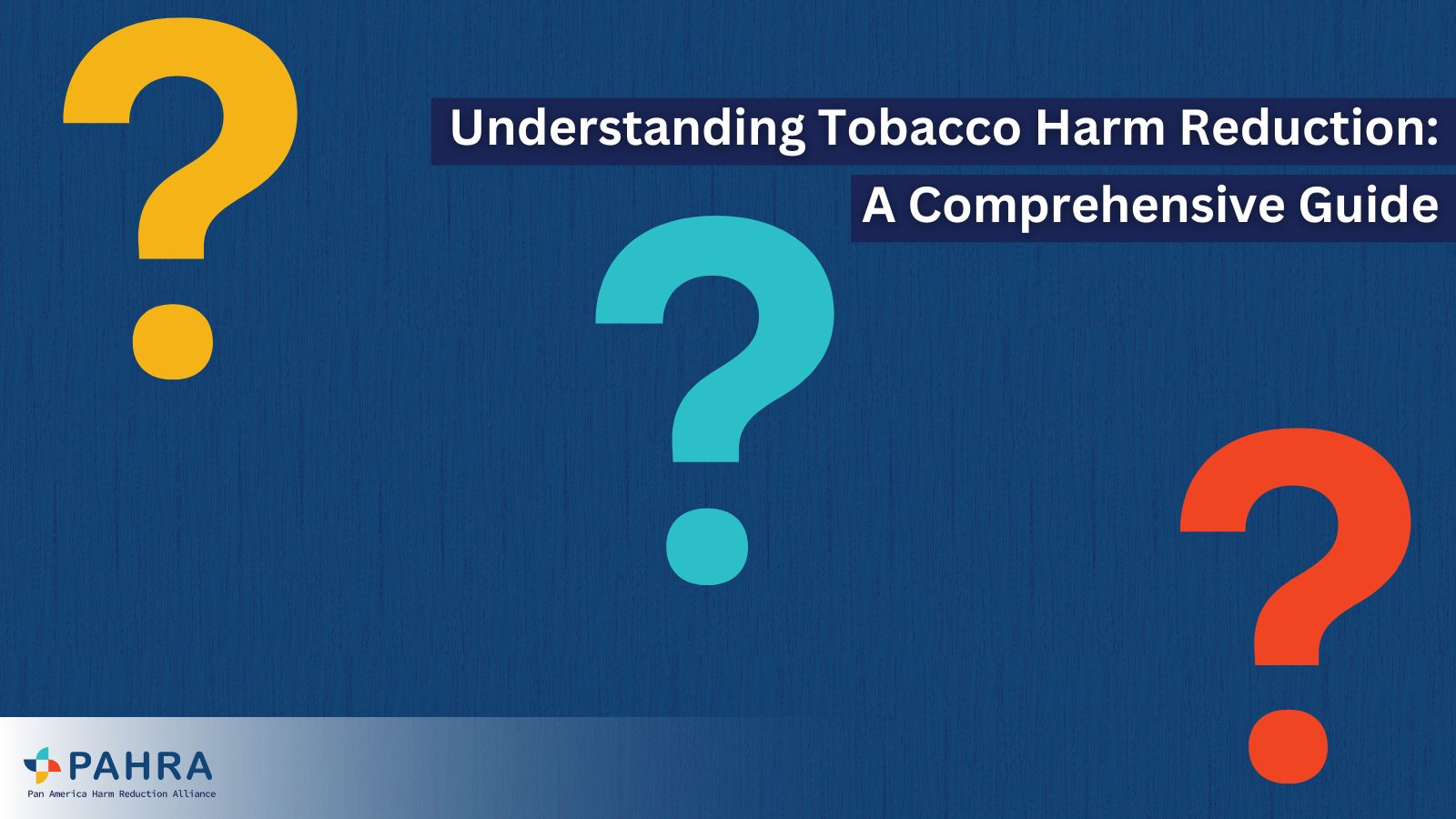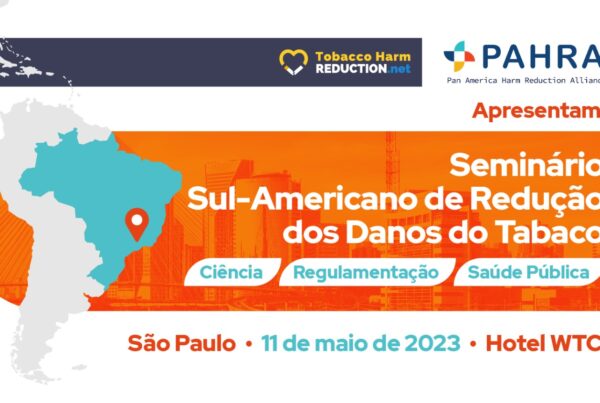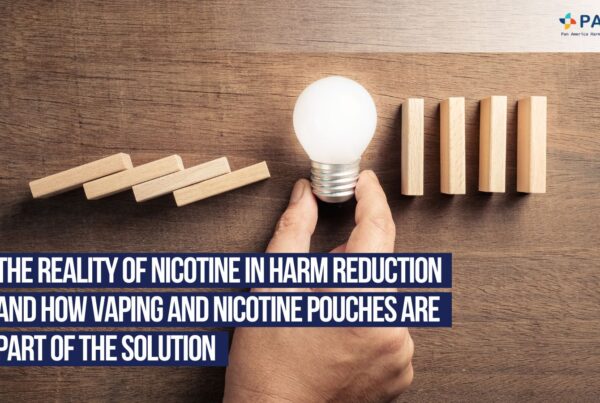
Tobacco Harm Reduction (THR) stands as a pivotal approach in the ongoing battle against global tobacco-related death and disease. THR is fundamentally a major strategic effort with many core strategic goals; it seeks to reduce health risks from continued tobacco use to those who are unwilling or unable to quit.
This pragmatic approach, which faced the fact that absolute cessation for all smokers was unattainable, proposed alternative sources that would bring much less harm, with which there is undoubtedly a chance to save a few lives. With a strong history of traditional tobacco control, Brazil is still experiencing a slow decline and further affirms the need for THR implications.
The integration of harm reduction presents an innovative path that corresponds with existing tobacco control. Not only is this innovative, but it is also a compassionate and pragmatic way of dealing with tobacco-related mortalities.
The Spectrum of THR Strategies
Nicotine delivery systems are designed to present much less risk of the adverse effects of smoking compared to traditional combustible tobacco. These systems include:
Electronic Nicotine Delivery Systems (ENDS): An electronic device that heats a liquid to generate an aerosol that the user inhales. E-cigarettes or vaping devices are less harmful than conventional cigarettes since they do not entail the process of combustion, through which most toxins and carcinogens are produced.
Snus: Originating from Sweden, Snus is a form of smokeless tobacco used by placing a pouch under the upper lip. This method allows for nicotine absorption without the need for burning. It is also linked with a lower risk of certain tobacco-related diseases in areas where its usage is relatively standard.
Nicotine Pouches: Oral Nicotine Pouches are a permeable pouch that resembles a small tea bag. It is placed in the mouth between the gum and cheek. No combustion is involved, and once in place, the saliva and general moistness of the mouth release the nicotine into the user’s system. These are considered a much cleaner and safer alternative to traditional smokeless tobacco products.
These systems significantly reduce chemical exposure by over 50% compared to conventional tobacco products. The absence of combustion in these alternatives is key to risk reduction. This leads to a more controlled release of carcinogens and other harmful substances to the user, unlike the higher levels found in traditional cigarette smoke.
As the world grapples with the impacts of traditional smoking, establishing harm reduction strategies in countries such as Brazil is critical. Embracing this approach shows promise to reduce the health burden from tobacco use and, thus, an essential part of comprehensive tobacco control.
Tags
Popular Posts
Quick Links
Related Posts
 Paradigm Shift Needed In Pan America’s Approach to End Smoking
Paradigm Shift Needed In Pan America’s Approach to End Smoking
Paradigm Shift Needed In Pan America’s Approach to End Smoking
 Tobacco Harm Reduction Seminar in Brazil
Tobacco Harm Reduction Seminar in Brazil
Tobacco Harm Reduction Seminar in Brazil
 Systematic Review of Vaping Flavours | Dr. Konstantinos Farsalinos
Systematic Review of Vaping Flavours | Dr. Konstantinos Farsalinos





